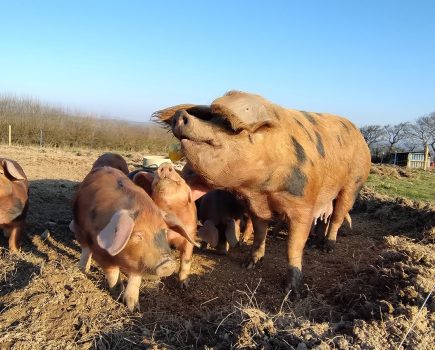Poultry keepers across the country are facing challenging times as their activities continue to be curtailed by DEFRA regulations aimed at halting bird flu. Here we give reaction from across the poultry community
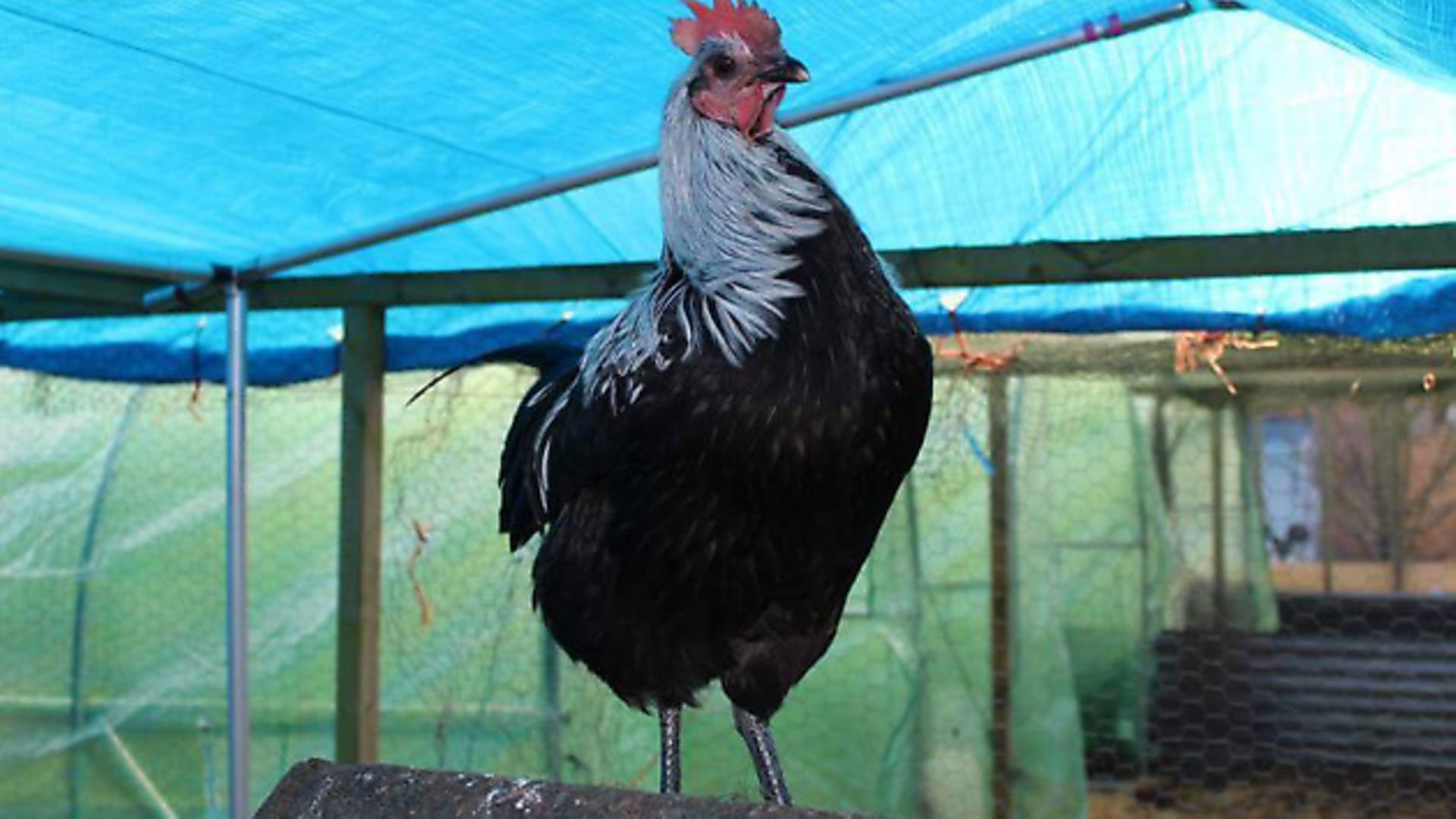
The DEFRA restrictions on domestic poultry imposed in a bid to halt the spread of bird flu are taking their toll on thousands of people who breed birds, exhibit them at shows or simply keep them in their back garden.
SUMMARY OF THE RESTRICTIONS
On December 6 DEFRA declared a 30-day Prevention Zone in a bid to stop a virulent strain of bird flu from spreading to Britain from the Continent. This required all poultry keepers to keep their birds indoors or at least undercover. This is because the disease is spread by wild birds, and the objective has been to prevent wild birds or their droppings coming into contact with domestic fowl. DEFRA have produced a factsheet outlining the steps to take, including advice on feed and drink, welfare and biosecurity measures. This is available on their website: https://www.gov.uk/government/uploads/system/uploads/attachment_data/file/581952/ai-birdflu-factsheet-170106.pdf
The disease had since spread to Britain, without outbreaks in Lincolnshire, then domestic flocks in Carmathenshire and Yorkshire, and swans in Dorset, and it has been identified in wild birds elsewhere.
In early January DEFRA extended the Prevention Zone to February 28 and all poultry gatherings, such as shows, were cancelled.
A BREEDER AND SPECIALIST EDITOR
Grant Brereton is a poultry breeder and the editor of Fancy Fowl magazine aimed particularly at poultry keepers breeding for exhibition. He said it is vital all poultry keepers are fully aware of the DEFRA biosecurity measures but more importantly how people will be affected in the event of any outbreak of the disease in their area. “Many poultry keepers aren’t aware of who is their controlling body, or which organisations are communicating and working together to protect their precious strains of pure-breed poultry in the event of any cull.
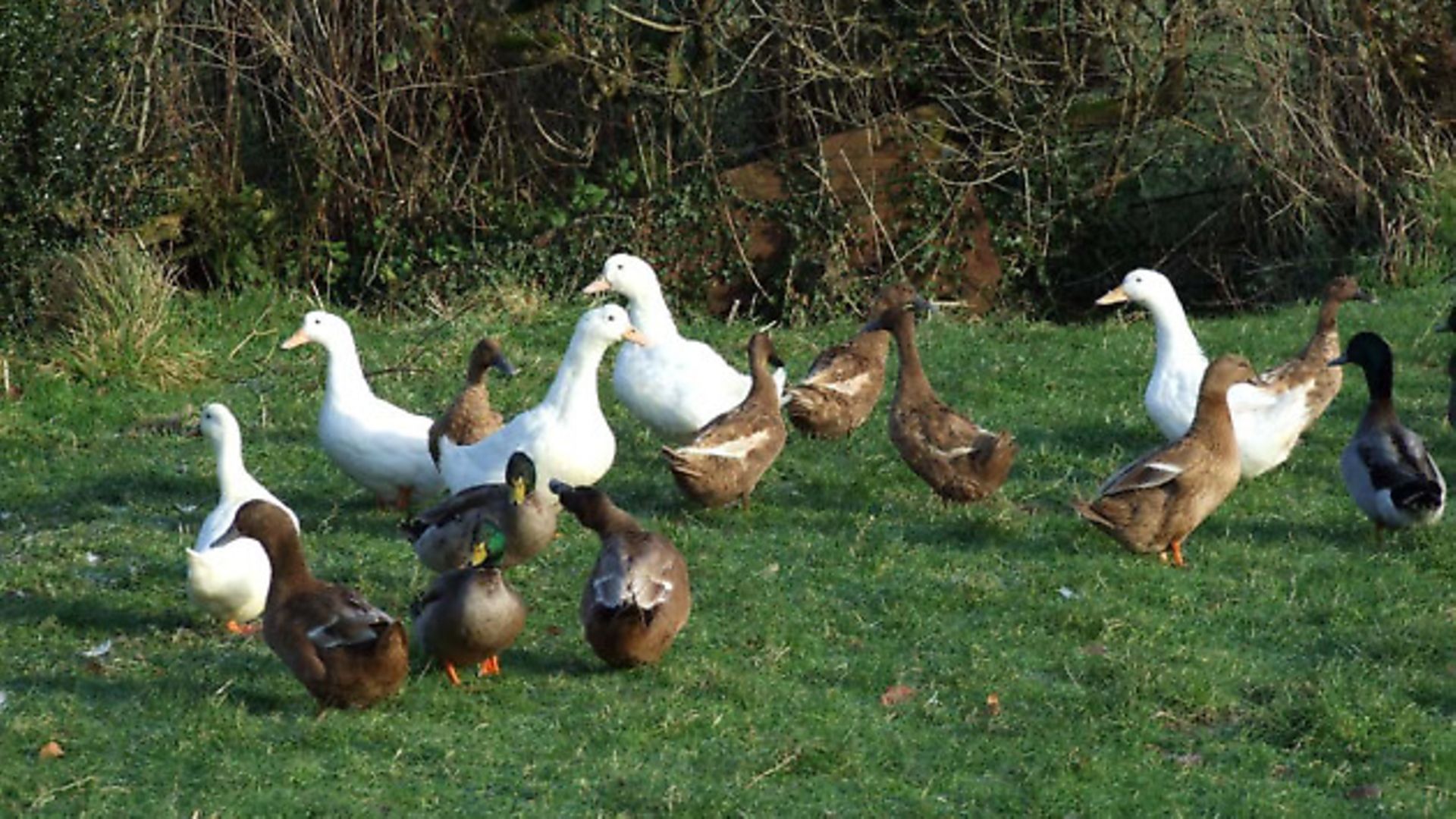
“Many of these strains are irreplaceable, with some being over 40 years old. It would no doubt be heartbreaking for any poultry keeper to be the subject of a government cull; many poultry fanciers have dedicated their whole lives to the hobby. Many of these old bloodlines are a lifetime’s work.
“The general feeling is one of uncertainty, but the relevant bodies are all working hard to get the right information out there for poultry keepers, and to allay any fears and protect our precious pure breeds.”
THE POULTRY CLUB OF GREAT BRITAIN
Council member Jed Dwight said: “After the first Poultry Club meeting of the year held on January 10, the priority was avian influenza and how we as a club deal with it. Fellow council member Lee Grant and I have been made the PCGB liaison officers with DEFRA. We are actively looking to arrange a meeting, when we’ll discuss a number of items, including better information for all poultry keepers, when the ban could conceivably be lifted (considering restrictions on the free range poultry industry), and confirming the best ways in which keepers can protect their pure breeds in the event of an area-wide cull – obviously this is only relevant if those birds aren’t directly affected. We will keep all poultry keepers abreast of all the latest developments, both on our website and in the poultry press.”
OUR POULTRY WRITERS
TERRY BEEBE, LINCOLNSHIRE
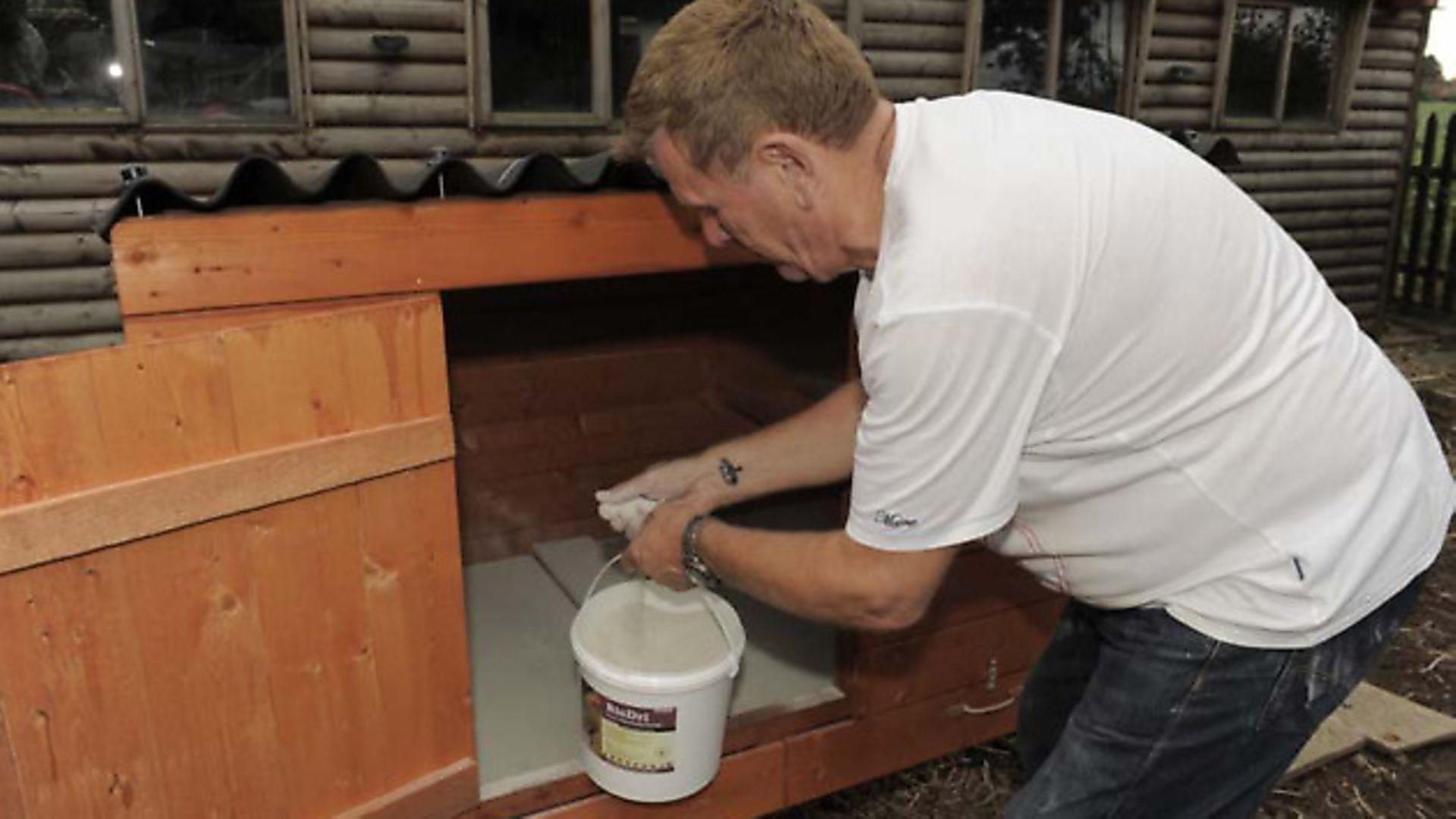
“Most chicken keepers I know took preventative measures by using trampoline sheets over the runs. However, unless this is very small mesh, it will still allow certain smaller birds access to the runs and coops.
“I penned my birds inside a closed coop and added an extra wire door to allow in plenty of fresh air, making sure there was no access from other birds no matter what the size.
“I also used a greenhouse for other birds. This is not ideal but it is bird proof and can be used during the winter – it would not be suitable when the weather is hot. I have put a cardboard box inside for them to get into at night, so protecting them from any condensation drips.
“On the floor of the greenhouse and the coop I used Bio Dry very heavily to keep the bedding dry and then used dust-free shavings and chopped straw, both of which have worked perfectly.
“All feed has been kept inside a closed shed and the water is changed very day with the drinker being cleaned at the same time.
“There have been reports that not everyone has taken precautions and, in some cases, it impossible to completely isolate some large flocks.
“Ducks and geese do not fare well in confined areas and I feel sorry for these keepers. It must be a very serious problem for them to keep the birds in good health during these periods.
“Hopefully this situation will soon be resolved and everything can return to normal.”
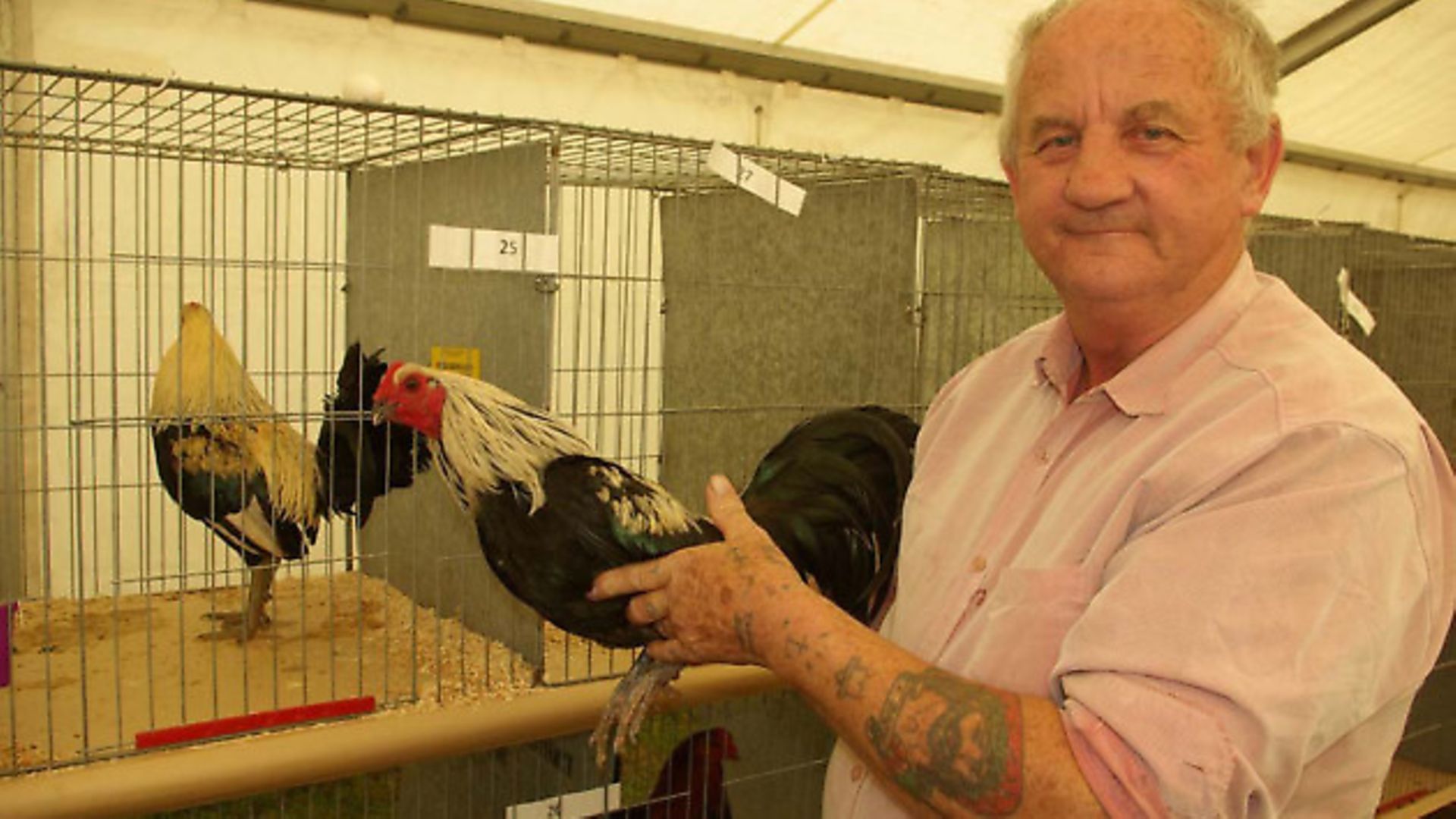
DEBBIE KINGSLEY, DEVON
“Goodness, it’s not making life easy for the smallholder. Every indoor nook and cranny, including our farrowing pen, has been turned over to ducks, geese and hens, trying to give them enough space so that their indoor confinement isn’t too horrendous. The best solution has been putting a gang of ducks into the polytunnel where they’ve had great fun chomping on weeds and slugs and have a palatial area to play in. The worst off are the geese and I can’t wait to let them out on grass again. The biggest frustration is that for years we’ve been registered with the GB Poultry Register so that Defra can contact us quickly in the event of a disease outbreak. Have we had any sort of direct notification? Not a quack.”
SAM BOWLES, EAST SUSSEX
“The top of my enclosed hen house and run is covered with clear plastic sheeting. The sides, where the wire mesh is large enough for small wild birds to enter, has been covered in a mixture of plastic sheeting and fruit cage netting. A treadle feeder, which can only be operated by the hens, prevents contamination. Extra perches have been added as well as greens, apples and grit for varied diet. I have hung up old CDs to deter wild birds from the vicinity and the run floor is covered with chipped rubber, which I am able to rinse down with disinfectant daily. No one else deals with my hens and I always disinfect my boots when entering/leaving the run. No visitors allowed!”
SPECIALIST BREEDERS/SUPPLIERS
Andrew Sheppy from The Cobthorn Trust at Bristol said: “Set up first and foremost as a conservation breeding farm, we are put in an unusually difficult position. The National Poultry Collection obviously has many separate pens of birds across the great number we keep. The groups in the larger poultry paddocks with reasonably sizes sheds have all been kept in, but that is far from ideal.
“The rows of pedigree boxes, small houses with wire runs on grass are a nightmare, all the runs now having been covered with plastic sheeting. This makes routine tasks more difficult and time consuming as well as not being the best environment for breeding birds.
“In all the pens, the birds are not being kept the way we would want. Almost all the breeding stock here is kept out on grass as the best situation for successful breeding, which is our primary purpose. It is very noticeable that breeds which would normally be producing hatching eggs by now are not even coming into lay normally.
“We were already running an appeal for funding for the Cobthorn Trust which funds the work of the National Poultry Collection, so that a programme of refurbishment and extension of the facilities here would allow us to do more acrosss the breeds. We now find ourselves faced with the prospect of replacing most of the pedigree boxes with combined house and run units with a solid roof over the whole thing. Such a replacement programme would cost thousands, but without it the whole work of the NPC is being put at risk, which would be a tragedy.
“We currently have miserable birds, miserable staff and no prospect of relief until at least February 28. It has the real potential of writing off the whole year’s breeding programme. We do at least have the capacity to keep everything under cover, but that is small consolation for the stressful situation in which all of us poultry keepers find ourselves at the moment.”
Breeder Jane Freeman from Berkshire said: “Most of my birds are kept in a field a mile or so away from my house. They are in small groups in houses with attached runs, made up of run panels with netting on top. Since the enclosure order the runs have been covered with tarpaulins. Some of the runs have had to be reduced in size to make using the ‘tarps’ more manageable. This works OK but when it rains is a little difficult to persuade the water to flow in the direction I want, so that it goes outside the run and not inside! Also when the wind gets up this causes further problems with some tarps being ripped off and birds escaping. Fortunately, we haven’t had snow yet. At home birds are in the shed and in the garage.”
Gina Upex from Norfolk said: “Our large Norfolk Greys are in a big polytunnel and are loving life. All veg I did have has now been consumed by them. We purchased three other smaller tunnels so they are all ‘under the dome’. All appear happy and content with their waterproof exercise yards. I think these will become permanent if we survive the current AI crisis”.
THE SHOW ORGANISERS
Some poultry shows have made the decision to cancel their 2017 events before having their hand forced. All shows within the timeframe fell victim to the ruling.
Scottish National Poultry Show Secretary Robert Macdonald said after cancelling the 2017 event: “Today can only be called my ‘darkest hour’ and I’m hurting like never before, but I have to come back stronger than ever. Let’s hope for a great one next year.”
Among many other shows cancelled were The Reading and District Bantam Society Show (Bantam Classic), the High Peak Poultry Club Show, the Northern Poultry Society Championship Show, the Peebles & District Poultry & Bantam Club Show and The Ulster Poultry Federation Show.
Ulster Show secretary Neal Adams said: “We tried every avenue but unfortunately we have been left with no choice other than to cancel. We were well on course for a bumper entry which is disappointing, but we will be in touch with everyone who entered regarding entry fees etc.”
THE BUSINESS CONSEQUENCES
Andy Cawthray runs Chicken Street, a poultry business in Shropshire. He said: “Many of the commercial meat and egg suppliers are stating that they are glad the prevention order was brought in during the winter, but what about that other supply chain, the one that provides what must be close to 1 million people with their backyard flocks. When the order was announced I was in agreement; December tends to a quiet month, the nights are long and the days are short. What stock I over winter tends to be my core breeding flocks, and whilst I have hugely reduced the number of birds I keep currently due to other commitment, they are still an integral part of my income stream as it is for many a small poultry business or productive smallholding.
“Keeping the birds under cover was not straightforward, but we got there after a couple of hard days grafting. I kept reminding myself that had this happening in summer months it would be a complete nightmare. My stock, like a lot of people I know, survives and thrives because they can get outdoors, and the housing tends to reflect that; it’s small and only really used for roosting and egg laying.
“January arrived and unfortunately the prospect of the prevention order being lifted was never likely to be a reality. Wild birds carrying H5N8 had been identified pretty much across the UK, and despite only small numbers were found, it was fair to say the flu had made the move over the ocean.
“By mid-January I would usually have an incubator or two running as I test the fertility of the eggs being laid. Eggs that are appearing because the year has turned, the daylight hours are getting longer and the sap is rising in the poultry pens so to speak. It can be a profitable time of year as the hatching eggs sales kick off and prices are buoyant for pure breeds. It also marks the start of people booking stock or purchasing day-old growers. Whatever the needs, the season starts and sales start boosting the winter drained coffers.
“As it is, January was more indoor and undercover living for the birds. The result being limited egg production and a number of ambivalent cockerels; besides given we have no outlook of when or how far the order would be lifted then I thought it could be folly to start hatching too heavily as it could be making a rod for one’s back. February might see an improvement in fertility but ultimately the season is delayed and at danger of being a complete wipe out.
“February marks the start of the auction season where folks can pick up hatching eggs or breeding stock and gatherings of this sort are banned now, and with the March auctions potentially at risk too, then it could be a very dry year in terms for this non-commercial, but no less the business based aspect of poultry production. Sure, it could well drive prices up later in the year should the order be lifted soon and the desire to keeping poultry remains, in spite of spectre of future flu outbreaks, but I know that many a small scale breeder or poultry business could well stop trading, and the knock on for the pure breed of poultry could be significant too, never mind those firms that supply the paraphernalia we need.”
BRITISH HEN WELFARE TRUST
The British Hen Welfare Trust was forced to let 12,000 hens go to slaughter due to the threat of bird flu.
Jane Howorth MBE, charity founder, said: “We are best known for saving the lives of thousands of hens intended for slaughter so this is a difficult time for us. However, we take pride in acting responsibly and agree that DEFRA’s decision to extend the prevention zone to help protect national backyard and commercial poultry was the right one.
“Everything we do as a charity revolves around hen welfare so we are greatly saddened that 12,000 hens didn’t get their chance to enjoy a free range retirement, but we are looking forward to March when we hope that thousands will be able to enjoy the spring sunshine for the first time.
“We must thank our supporters who have been understanding and continue to patiently wait for their hens, as the hens themselves are patiently waiting for their chance to become family pets.”
MORE: www.bhwt.org.uk or call 01884 860084.
COMMENT
Time to act
In 1968, the year of the last human Hong Kong Flu H3N2 pandemic, there were 13 million chickens in China. Now, there are more than 13 billion in mainland China alone. (Greger: The Bird Flu Book). Cycles of production have been reduced to just a few weeks for these billions to be passing through the system at a point in time. In addition, the pig population has increased. The possibility of flu virus mutation in this region is acute. It certainly worries virologists.
Together with the increase in human population and our increased appetite for poultry meat, the world is breeding and eating itself into the next pandemic. The human population, at its present level of resource depletion, is past the planet’s carrying capacity. It really is time we addressed how we produce and maltreat huge numbers farm animals, as well as how many we consume.
Waterfowl expert and author Chris Ashton
BIRD FLU UPDATE AND ADVICE: See the DEFRA website
https://www.gov.uk/government/news/avian-influenza-bird-flu-in-winter-2016-to-2017
Image(s) provided by:
Archant




